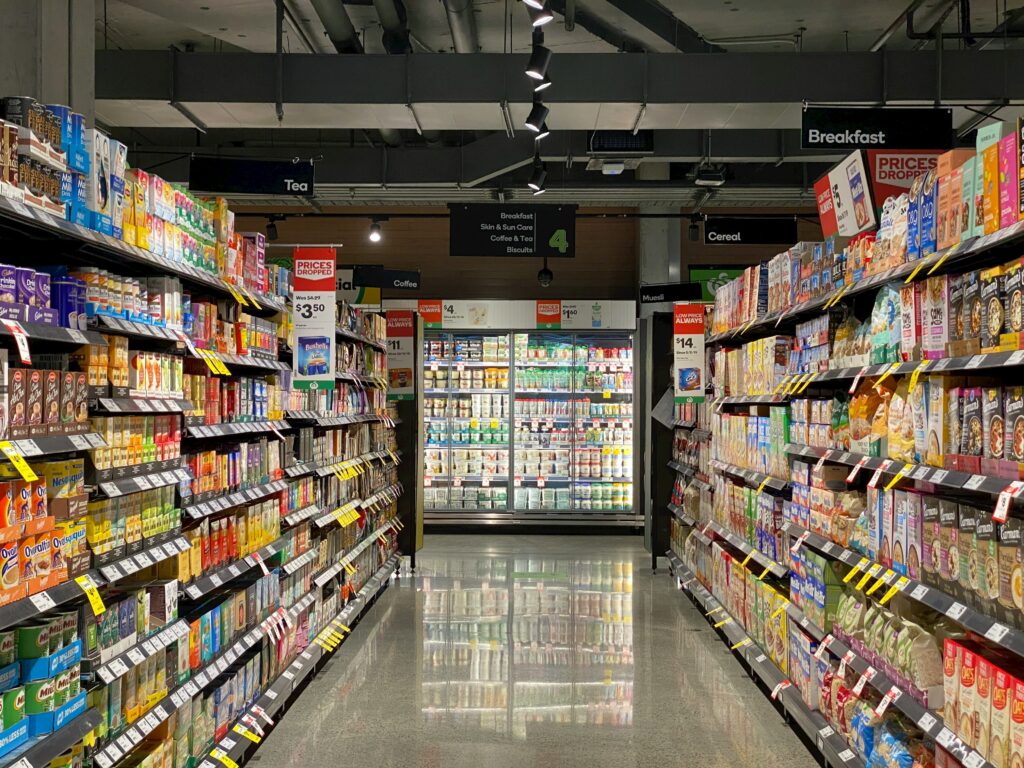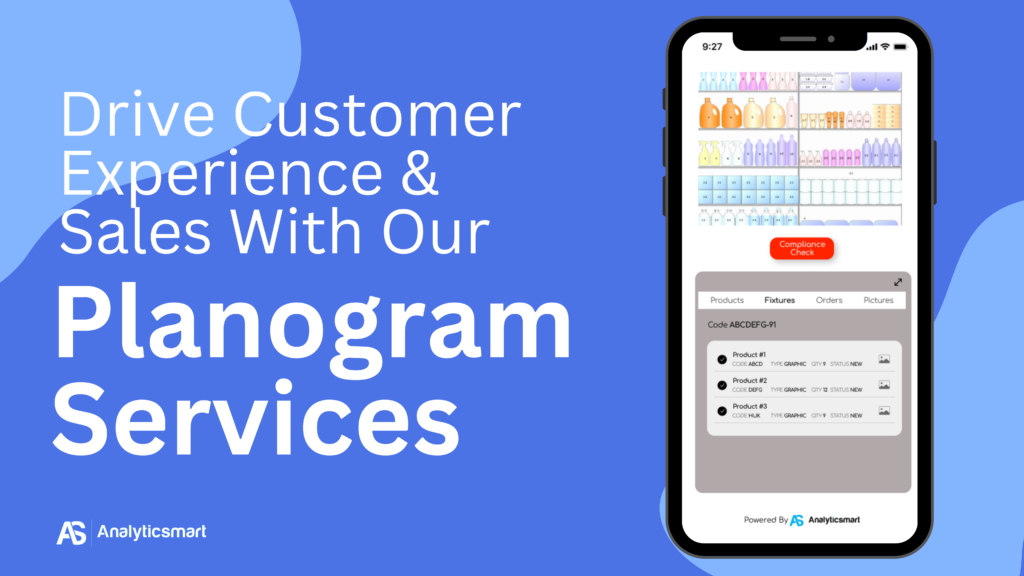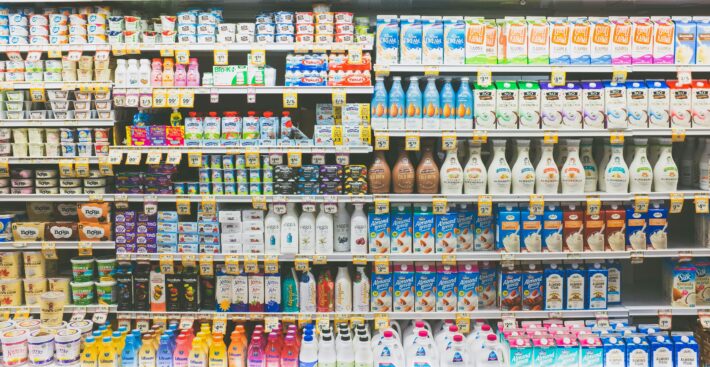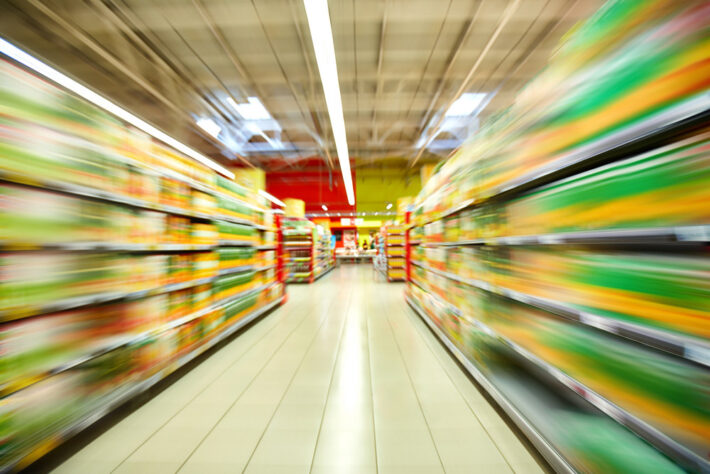How Planograms Can Help CPG Retail Achieve Enhanced Growth and Customer Engagement

In today’s competitive retail market, every inch of shelf space holds significant importance. Consumer Packaged Goods (CPG) businesses continually seek innovative methods to distinguish themselves and maximize profitability. Among the most valuable and efficient tools available to them is the planograms for CPG. Through these visual marketing blueprints, stores can strategically arrange their shelves to enhance sales performance.
Why Are CPG Planograms Important?
In the fast-paced world of CPG retail, planograms play a key role in making brands more visible, increasing sales, and maintaining customer interest. They are essential for a brand’s success because they guide stores on how to place products on shelves to maximize sales and foot traffic. In stores, every product vies for attention, but retailers require businesses to demonstrate why their product deserves the spotlight on the shelf. This involves not only showcasing how their product should appear but also comparing it with competitors’ products.
What is a Planogram?
A planogram, also known as a shelf space plan, is a visual merchandising tool that showcases where each group of products should be placed to increase sales. It resembles a store plan, yet the precise positions of each product are determined by market study. Different consumer packaged goods (CPGs) tend to sell better when positioned next to similar goods. For instance, it’s more probable that drinks will sell better next to snacks than next to toilet paper. However, deciding between soft drinks and alcohol next to potato chips might pose a challenge. Planograms are typically more intricate in larger stores, which offer a wide range of products beyond essentials, such as toys and building tools. As a component of visual marketing, a planogram plays a crucial role in the total marketing cycle.
Key Benefits of Making a Planogram for CPG
Creating a planogram for CPG (consumer packaged goods) offers two significant benefits: it optimizes spatial utilization and enhances overall sales performance.
Streamlining Operations and Enhancing Customer Experience
A planogram facilitates the purchasing process for buyers and increases efficiency for workers during restocking. By implementing a specific layout, operational costs decrease as sellers can swiftly update their inventory. Additionally, a planogram reduces the likelihood of items running out and simplifies inventory management. Moreover, planogramming fosters staff attentiveness and ensures up-to-date product displays, potentially leading to increased customer interest, especially for trending products. In conclusion, a planogram serves to improve organization and connectivity for sellers while also benefiting buyers.
Maximizing Sales and Customer Satisfaction
Customers can quickly and easily find what they need in a well-organized store. Additionally, a planogram not only serves a functional purpose but also enhances the aesthetic appeal, thereby contributing to client satisfaction. Well-decorated shops garner more return business from first-time visitors.
Planogramming effectively utilizes every corner of the store, eliminating “dead space.” By serving as directional cues for customers seeking specific items, stores can capitalize on impulse purchases. Consequently, a store transforms into a web-like structure wherein purchasing one item prompts customers to explore and potentially buy other products due to strategic product placement.
Compiling your planogram with data on past sales enables you to identify top-selling items and determine their optimal placement. Adjusting product placements based on sales performance can facilitate growth. Furthermore, it may be necessary to reevaluate the positioning of underperforming items that previously enjoyed success in different locations.

How to Make an Effective Planogram for CPG: A Step-by-Step Guide!
Many retail businesses, such as Walmart, hire services to create planograms. Companies that cannot afford to employ a full-time planogrammer often assign the task to visual merchandisers or seek assistance from external experts.
Retail models developed by various consulting firms can facilitate the creation of a planogram tailored to a business. Since these models are based on research, reaching out to such a company is often quicker than starting from scratch.
These steps streamline the process for businesses that wish to create planograms on their own:
- Identify the target audience: Every store must understand its customer base. A store specializing in rare items may prefer specific spacing, whereas one selling everyday items may prioritize eye-level displays. Some designers advocate for limiting customer access to stacked items, aiming to create a controlled environment conducive to social interaction. However, this complexity can deter retailers from implementing such strategies. Understanding the customer base helps stores gauge the scope of the task, ultimately saving time and resources.
- Employee training: It’s essential for all staff members to comprehend the planogram. The more experienced the staff, the better they understand the store and its customers, enabling them to contribute to the planogram’s development. However, it’s insufficient to merely create a planogram and expect staff to navigate it independently. Stores should provide guidance and solicit ideas for enhancing the store layout. A skilled employee can leverage the initial planogram and propose new concepts.
- Test and modify the planogram: Regularly updating and evaluating the planogram’s effectiveness is crucial. Stores should provide monthly updates and adjust the model based on customer behavior, as a planogram is never a final product.
- Track data and analytics: Retail companies should collect and analyze data on customer behavior. This information helps identify successful strategies and areas for improvement, facilitating timely updates.
Conclusion
Planograms and shelf space management systems are invaluable assets in the retail industry, offering automation solutions that optimize product displays, address deficiencies, and enhance the shopping experience for both customers and retailers. By harnessing the power of these tools, businesses can achieve greater efficiency, increased sales, and improved customer satisfaction, paving the way for sustained success in today’s competitive market environment.



